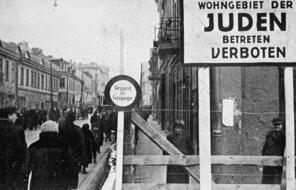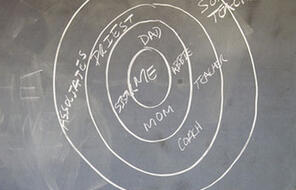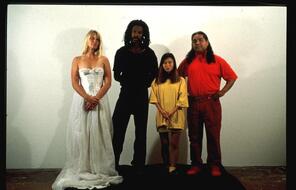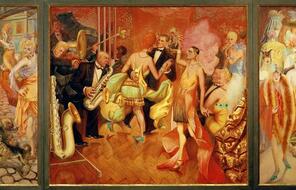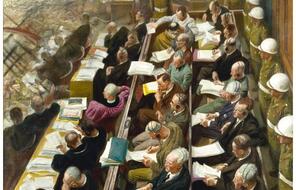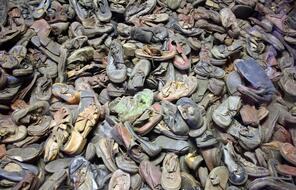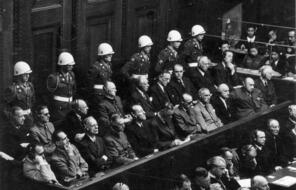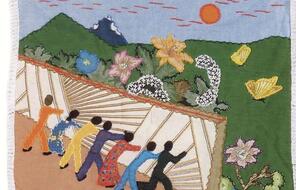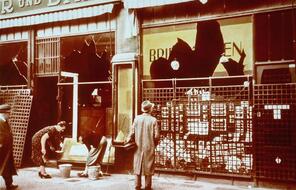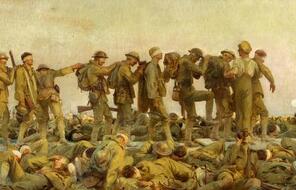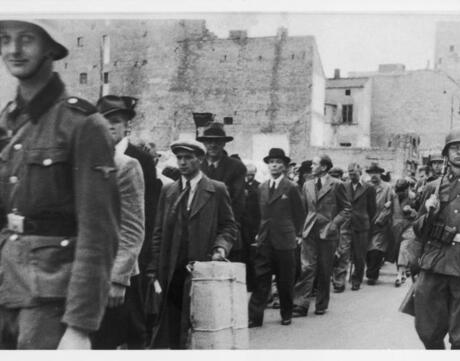
Confronting the Suffering Caused by the Nazis
At a Glance
Language
English — USSubject
- Civics & Citizenship
- Social Studies
Grade
6–12Duration
One 50-min class period- The Holocaust
Overview
About This Lesson
This lesson complements the resources from Chapter 8 and Chapter 9 of Holocaust and Human Behavior to help students process, both individually and with others, the intense and emotionally challenging stories and descriptions they will encounter as they study the Nazis’ war for “race and space” and the Holocaust. This lesson can be adapted for use with many of the readings in Chapters 8 and 9.
It is important to note the difficulty of predicting how students will respond to emotionally challenging readings, documents, and films. One student may respond with emotion to a particular reading, while others may not find it powerful in the same way. In addition, different people demonstrate emotion in different ways. Some students will be silent. Some may laugh. Some may take days to process difficult stories. For some, it will be incomprehensible; for others, it may be familiar. This lesson is meant to model a way to give space for students to have a range of reactions and emotions. For their learning and emotional growth, it is crucial to allow for a variety of responses to emotionally challenging content, including none at all. For this purpose, we recommend that students keep journals as a safe, accessible place to record their thoughts, feelings, and uncertainties, especially as they work with resources from Chapters 8 and 9. For more detailed information about using journals in a Facing History classroom, see the Journals in a Facing History Classroom teaching strategy.
In this lesson, students will read diary entries from a Jewish teenager who was among those confined by the Nazis in ghettos. Students will choose and respond in their journals to specific passages from the teenager’s diary. They will then reflect on the experience of reading the powerful diary entries and share some of their responses in a structured class discussion.
Preparing to Teach
Lesson Plans
Activities
Materials and Downloads
Unlimited Access to Learning. More Added Every Month.
Facing History & Ourselves is designed for educators who want to help students explore identity, think critically, grow emotionally, act ethically, and participate in civic life. It’s hard work, so we’ve developed some go-to professional learning opportunities to help you along the way.
Exploring ELA Text Selection with Julia Torres
On-Demand

Working for Justice, Equity and Civic Agency in Our Schools: A Conversation with Clint Smith
On-Demand

Centering Student Voices to Build Community and Agency
On-Demand




